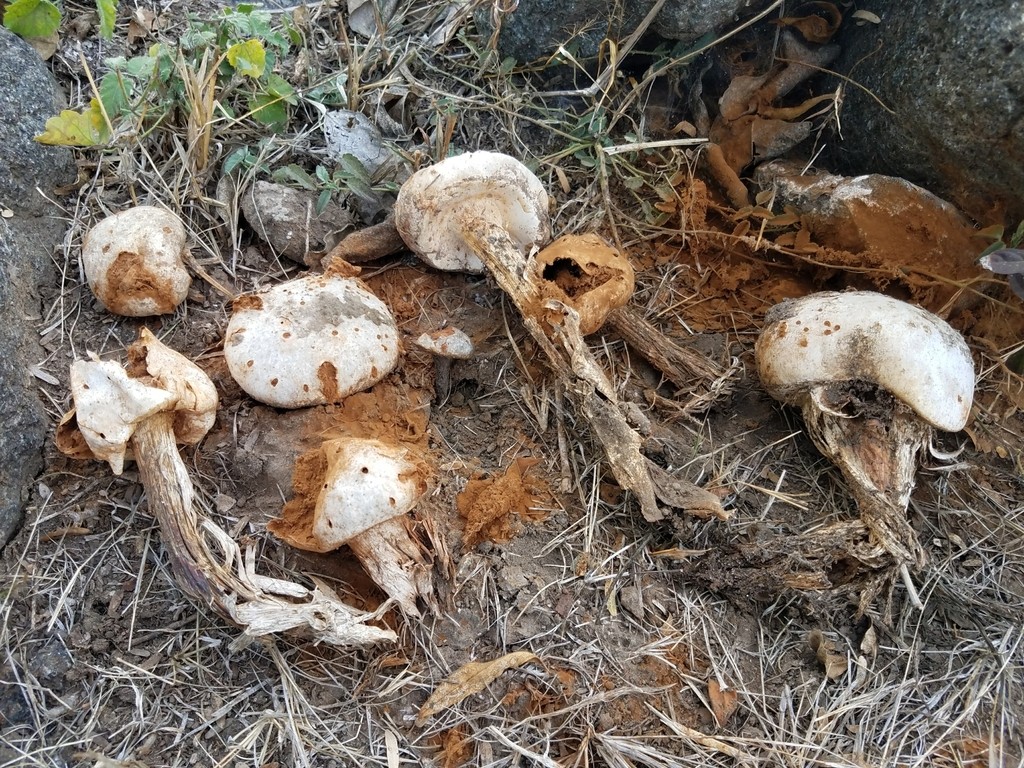Battarreoides
Nome científico: Battarreoides
Battarreoides
Nome científico: Battarreoides
 Photo By alan_rockefeller , used under CC-BY-4.0 /Cropped and compressed from original
Photo By alan_rockefeller , used under CC-BY-4.0 /Cropped and compressed from original Descrição
Battarreoides são fungos fascinantes conhecidos principalmente por sua aparência semelhante a um pirulito. Eles geralmente crescem em solos secos e arenosos, o que é incomum para muitos fungos. Este grupo tende a formar esporos grandes que os ajudam a se dispersar com mais eficácia em ambientes hostis. Interessantemente, sua estrutura robusta e única os ajuda a sobreviver e prosperar onde muitos outros fungos não conseguem. No geral, battarreoides são um exemplo notável de como os fungos podem se adaptar a condições desafiadoras.